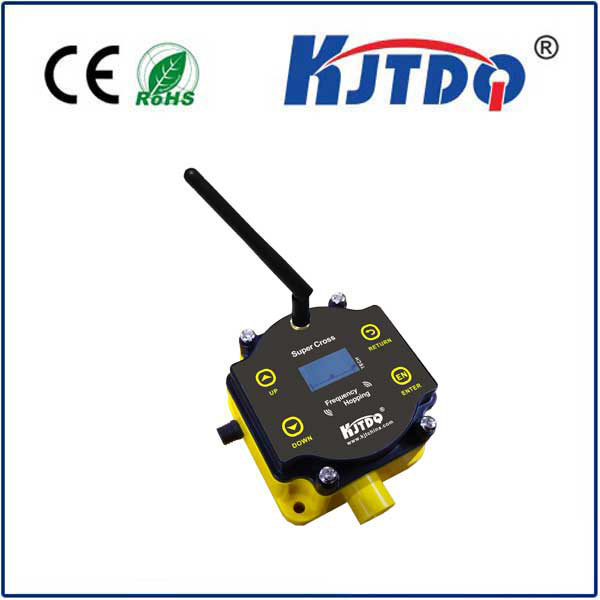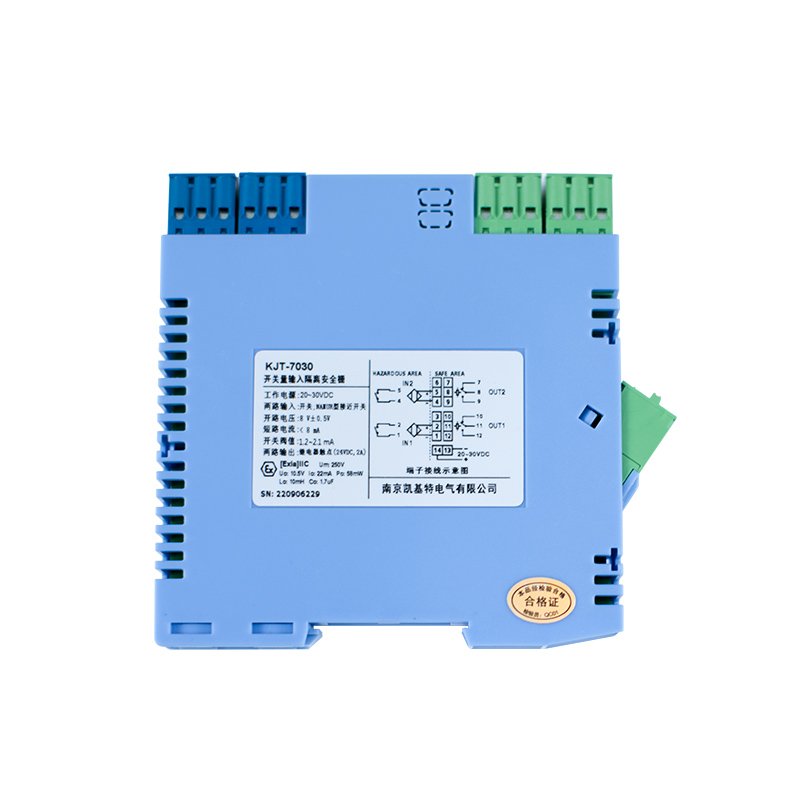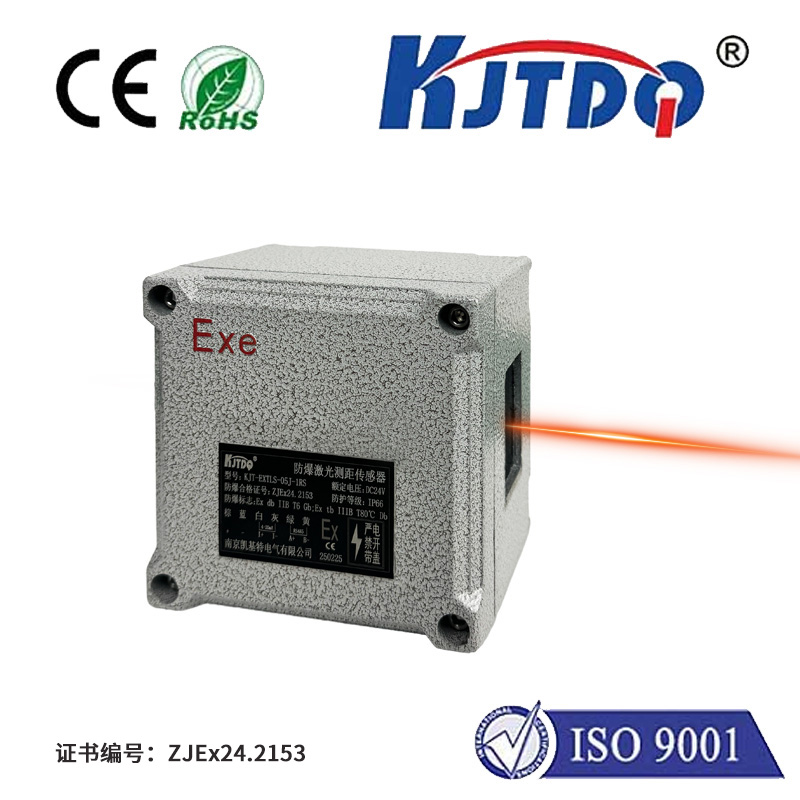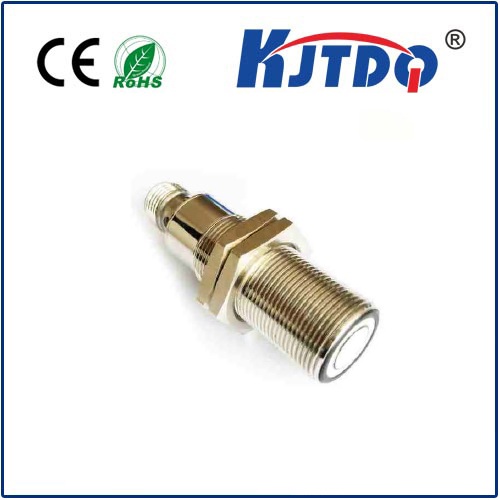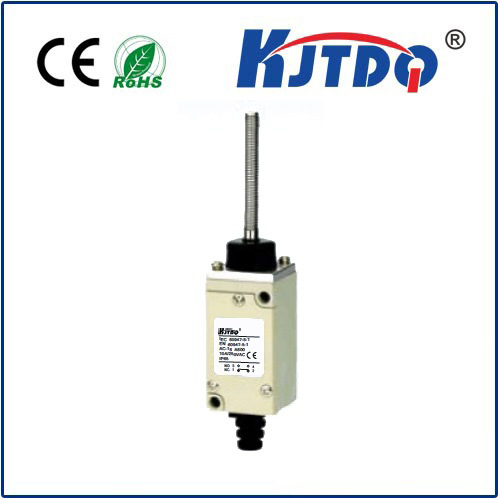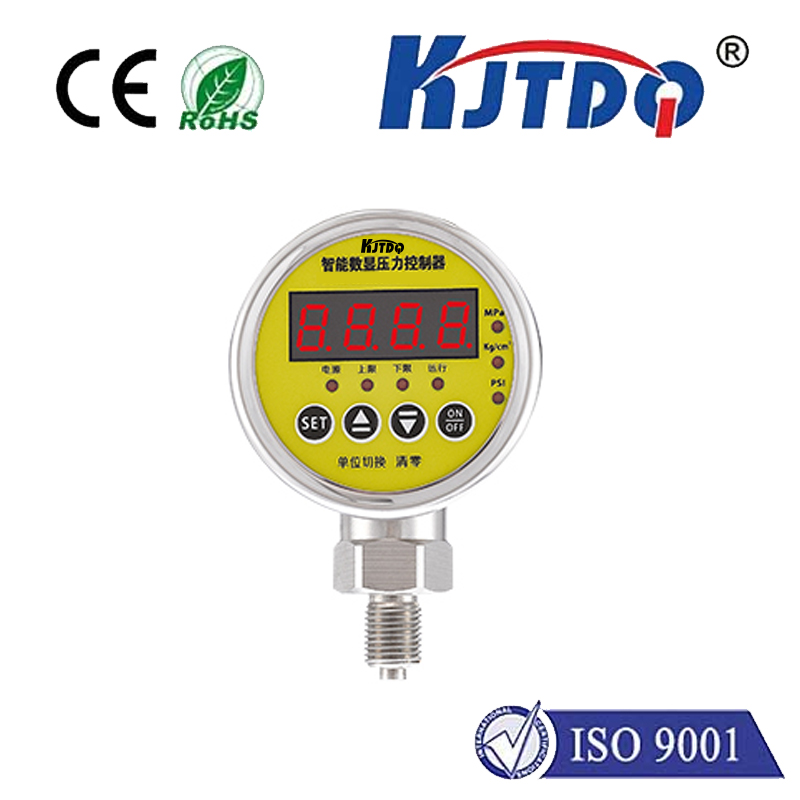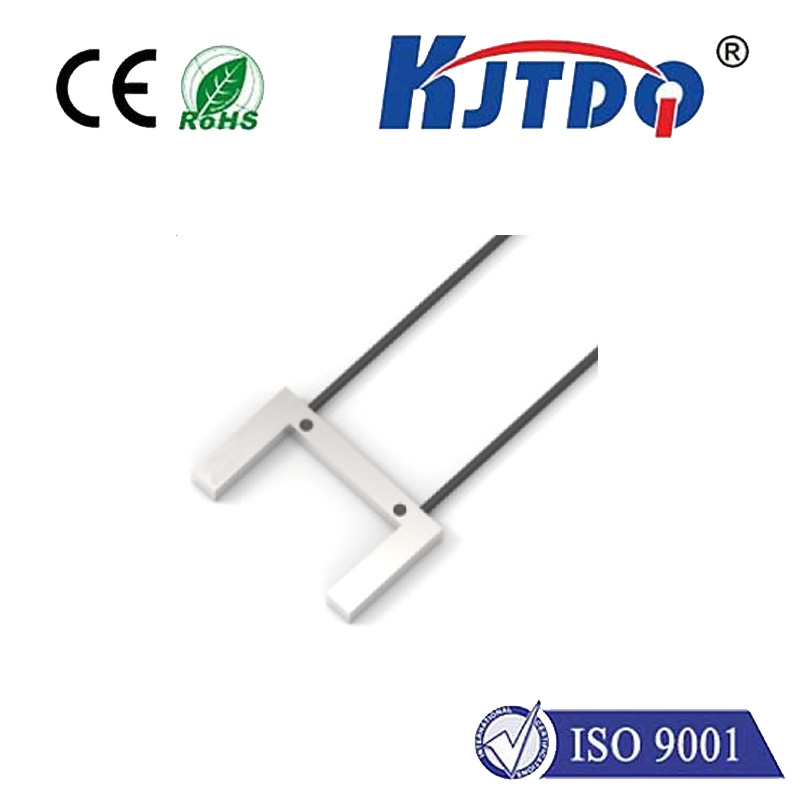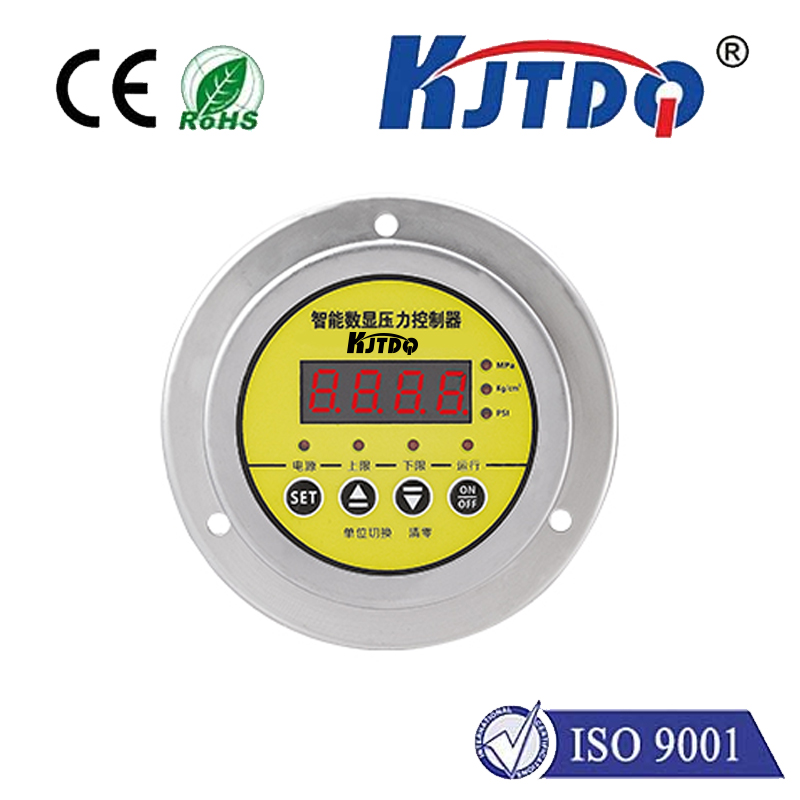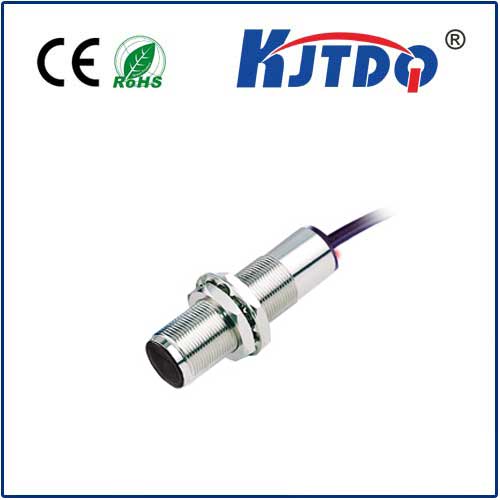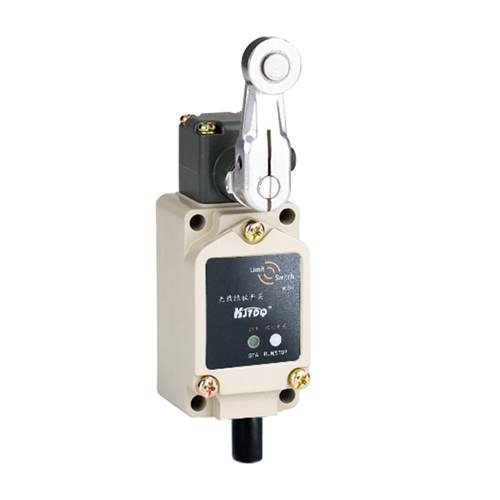E3RA-TN21 micro photo sensor
- time:2025-10-10 02:03:00
- Click:0
E3RA-TN21 Micro Photo Sensor: The Compact Powerhouse Enabling Precision Automation
Invisible threads weave the fabric of modern industry. Often overlooked yet fundamentally crucial, sensors act as the nervous system of automated processes, providing the essential feedback that keeps systems efficient, safe, and productive. Among these silent sentinels, micro photoelectric sensors stand out for their versatility, particularly where space is tight but performance is paramount. Enter the E3RA-TN21 Micro Photo Sensor – a marvel of miniaturization engineered to deliver reliable object detection in the most demanding industrial environments.
Understanding the Micro Photoelectric Sensor
Photoelectric sensors, at their core, function by emitting a light beam (visible red, infrared, or laser) and detecting changes in the received light intensity. This principle allows them to sense the presence, absence, distance, or even color of objects without physical contact. The “Micro” designation in the E3RA-TN21 signifies its exceptionally compact design. This miniaturization is not a compromise on capability, but rather an engineering feat achieving high performance within a tiny footprint. It excels in applications where larger sensors simply wouldn’t fit, enabling design flexibility on modern, densely packed machinery.
Unpacking the E3RA-TN21: Designed for Tough Realities

The E3RA-TN21 isn’t just small; it’s built for the rigors of the factory floor. Here’s a closer look at its key features and specifications:
- Robust Through-Beam Operation: The E3RA-TN21 operates on the through-beam principle. This requires two separate units: an emitter (light source) and a receiver. The emitter projects a focused beam directly to the receiver. Detection occurs when an object interrupts this light path. This method typically offers the longest sensing ranges and highest reliability for detecting opaque objects of varying shapes and colors, a critical advantage for the E3RA-TN21 photoelectric sensor.
- M12 Size Miniaturization: Its defining characteristic is its diminutive M12 cylindrical housing. This compact M12 micro sensor form factor allows installation in incredibly tight spaces – inside mechanisms, on small robotic grippers, or alongside other components where space is severely constrained.
- Enhanced Environmental Resilience: Engineered for harsh settings, the E3RA-TN21 boasts an impressive IP67 rating. This signifies high resistance to dust ingress and protection against temporary water immersion, making it suitable for washdown environments or dusty production lines.
- Operational Toughness: Able to withstand significant vibration (10 - 55 Hz) and mechanical shock (1000 m/s²), this sensor maintains reliable operation on moving machinery and in applications prone to impacts.
- Extended Sensing Range (for its size): Despite its micro dimensions, the E3RA-TN21 delivers a substantial sensing range of up to 5 meters (16.4 ft). This range provides valuable flexibility in configuring sensing points.
- Reliable Output & Connectivity: It features a dependable NPN output configuration (common in industrial control systems) and utilizes a 3-wire, pre-wired cable connection (typically 2m standard), simplifying installation and reducing wiring complexity on the line.
- High-Speed Response: With a response time of just 1 ms, the sensor can reliably detect objects moving at high speeds, making it suitable for fast-paced production lines and counting applications.
Where the E3RA-TN21 Micro Sensor Shines: Real-World Applications
The unique combination of size, robustness, and performance makes the E3RA-TN21 indispensable across numerous sectors:
- Electronics Assembly: Detecting tiny components on PCBs, verifying placement on pallets, checking for the presence of miniature connectors or chips in compact assembly jigs.
- Small Parts Handling & Packaging: Counting small items like pills, vials, fasteners, or electronic parts on conveyors; verifying the presence of caps or lids on small containers; confirming product drop-off in micro-dispensing systems.
- Robotics & Automation: Mounted on compact robot arms or end-of-arm tooling (EOAT) for precise part detection, verifying gripper presence, or sensing the position of small actuators within robotic cells.
- Textile & Light Manufacturing: Monitoring yarn breaks, detecting needles, confirming thread presence, or sensing small parts on looms and sewing machines where space is limited.
- Medical Device Production: Ensuring component presence in sterile assembly environments, verifying small fluid levels in vials or cartridges, counting delicate components.
- Machinery Integration: Embedded within machinery (printers, vending machines, lab equipment) for internal part position verification, door interlock sensing, or jam detection where internal space is premium.
Competitive Edge: Why Choose the E3RA-TN21?
Selecting a sensor involves balancing several factors. The E3RA-TN21 micro photoelectric sensor offers distinct advantages:
- Space Optimization: Its ultra-compact M12 size is its primary benefit, enabling solutions where no other sensor fits.
- Robust Performance: IP67 sealing ensures it withstands challenging environments that would compromise lesser sensors. Its resilience to vibration and shock guarantees longevity.
- Long-Range Precision: Achieving up to 5m sensing range in such a small package is a significant engineering achievement, providing installation flexibility.
- High Reliability: The through-beam principle offers inherent reliability for detecting opaque objects, minimizing false triggers common in diffused mode sensors.
- Simplified Installation: The pre-wired 3-wire cable significantly reduces installation time and complexity compared to sensors requiring field wiring.
Implementing the E3RA-TN21 Effectively
To maximize the performance and longevity of this sensor in your application:
- Secure Mounting: Ensure both the emitter and receiver are firmly mounted. Any movement or misalignment can disrupt the beam, causing detection failures. Utilize its standard M12 mounting threads effectively with appropriate brackets if needed.
- Precise Alignment: Critical for through-beam sensors. Carefully align the emitter and receiver axes. Many models incorporate visual indicators (like LED status lights) to confirm alignment and stable beam reception.
- Environmental Considerations: While rated IP67, avoid continuous high-pressure water jets directly on the housing connectors. Ensure the operating temperature range (-25°C to +55°C) is respected. Protect the lens from excessive buildup of dirt, oil, or debris that could attenuate the light beam; consider shrouds in very dirty environments.
- Electrical Compatibility: Verify compatibility of the NPN output with your PLC or control system’s input specifications (sinking vs. sourcing). Ensure the correct voltage supply (typically 10-30V DC) is provided.
- Cable Management: Protect the pre-wired cable from sharp edges, excessive bending, or pulling forces. Use cable ties or conduits appropriately.
The Essential Enabler of Miniaturized Automation
The relentless drive towards smaller, smarter, and more efficient machinery demands components that keep pace. The E3RA-TN21 micro photo sensor is a prime example. It transcends its diminutive size by delivering robust, reliable, and long-range object detection precisely where larger sensors cannot operate. From ensuring the flawless assembly of microscopic electronics to guaranteeing the accurate packaging of vital medical supplies, this compact through-beam photoelectric sensor proves that small size can deliver outsized performance. When precision detection in constrained spaces is non-negotiable for your automation success, the E3RA-TN21 photoelectric sensor stands as a critical, high-performance solution.












